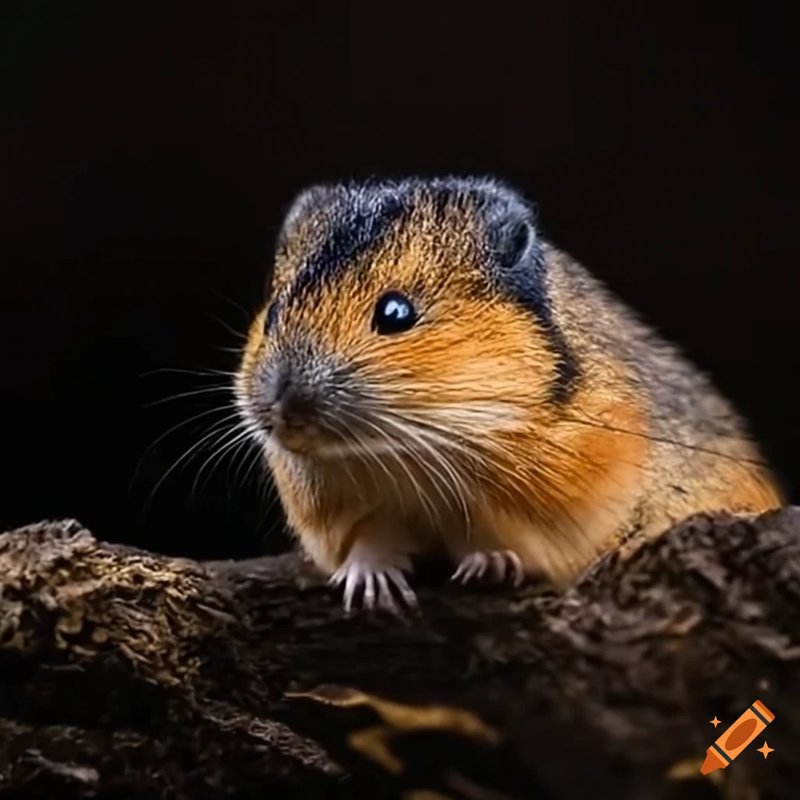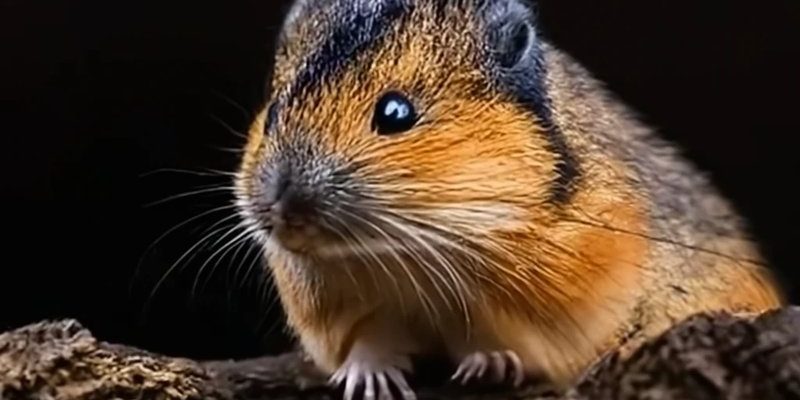
In nature documentaries and pop culture, lemmings have often been misrepresented. The truth is that these small, unassuming rodents have a complex life and a unique behavior pattern that deserves a bit more appreciation. I mean, who really wants to be known as the animal that throws itself off cliffs? So, grab a cup of your favorite beverage, and let’s explore the reality behind these tiny creatures.
The Truth About Lemmings and Suicide Myths
You’ve probably heard that lemmings commit mass suicide by jumping off cliffs, right? This idea got popularized mainly through a documentary that staged their demise. Here’s the thing: lemmings don’t just jump off cliffs in droves. Their population can fluctuate significantly, and during times of overcrowding, they might venture out looking for new habitats.
In their search for food and space, they can wander into dangerous areas, but this is simply part of their survival strategy. Nature can be harsh, and sometimes, lemmings might meet untimely ends, but it’s not a calculated act of self-destruction. They’re just trying to navigate their world.
So, the next time someone mentions lemming suicide, you can confidently say it’s a myth. These little guys are simply trying to survive in a world full of challenges, just like the rest of us.
Lemmings and Their Unique Breeding Habits
Another common misconception is that lemmings breed like wildfire all year round. Sure, they have moments of population booms, but their breeding habits aren’t as straightforward as you might think. Lemmings breed seasonally, generally in late spring to summer, when food is plentiful.
During this period, female lemmings can have several litters, with each litter containing around five to six pups. What’s interesting here is how quickly they can adapt to environmental changes. If conditions are right, you might see a surge in their population, but in tougher times, the numbers can drop just as fast.
This adaptability plays a crucial role in maintaining the balance in their ecosystem. So instead of imagining lemmings constantly reproducing like rabbits, picture them as savvy survivors, timing their breeding to align with the resources available.
Are Lemmings Really Social Animals?
You might think that lemmings live in big, bustling communities, frolicking together in the snow. While they do have social structures, it’s not quite what you might expect. Lemmings tend to be more solitary than communal. They establish their own territories and can even be territorial with one another when food is scarce.
That said, you might see them in larger groups during breeding seasons, particularly when young lemmings are learning the ropes. These little ones often stick around their mothers for guidance, and you might spot them huddled together for warmth and safety.
However, once they mature, lemmings are usually on their own. So while they do have social interactions, they aren’t the party animals some people envision. Instead, they’re more like introverted mice who enjoy some quiet time.
How Do Lemmings Survive in Harsh Environments?
Lemmings are like nature’s little survival experts. These rodents are built to withstand some of the most extreme conditions found in the Arctic and subarctic regions. You might think they’d struggle, but they’ve adapted in incredible ways.
For starters, lemmings have thick fur that keeps them warm during freezing winters. They also dig extensive tunnel systems under the snow, which not only shelters them from harsh weather but also allows them to access food sources like roots and grasses.
Honestly, they’re pretty resourceful. When food is abundant, lemmings will store food in these tunnels too. This means they’re not only surviving day-to-day but also planning for the future. Their ability to adapt to both environmental challenges and resource availability is a key reason why they’ve thrived in such tough landscapes.
What Do Lemmings Eat, Really?
Now, let’s talk about their diet. Many people might imagine lemmings munching on whatever they can find, but they actually have a pretty specific menu. These little furballs are primarily herbivores, feasting on a variety of grasses, mosses, and even some roots.
During summer, you may find them enjoying fresh greens, while in winter, they can rely on stored food or whatever they can dig up beneath the snow. Their diet is essential not just for them but also for the ecosystems they inhabit. As they consume and spread seeds, they contribute to the growth of vegetation, which in turn supports other wildlife.
So, rather than being seen as the eaters of leftovers or scavengers, lemmings should be recognized for their role as gardeners of their environments. Every bite they take helps shape the landscape they call home.
The Lemming and Climate Change
In today’s world, one of the critical conversations is about climate change, and yes, even lemmings are affected by it. As the Arctic warms, their habitats are changing, and this can disrupt their breeding patterns and food supply.
You might wonder how this ties into the myths. When people think of lemmings, they often don’t consider their ecological role or the threats they face. The reality is that changing climates can increase competition for resources, making life tougher for these little guys.
It’s essential to understand that preserving their habitats is crucial for their survival. By protecting their environments, we’re also helping maintain the beautiful, complex web of life in which lemmings play a part.
Wrapping Up the Truth About Lemmings
As we’ve explored, lemmings are so much more than the myths surrounding them. They’re not mindless creatures marching to their doom, nor are they perpetually social or constantly reproducing. They are resilient, resourceful animals that play a significant role in their ecosystems.
Next time you hear a story about lemmings, take a moment to think about the hidden truths. Instead of clichés, let’s celebrate these little survivors for their unique adaptations, their role in the environment, and their ongoing story in a rapidly changing world. Whether it’s through understanding their breeding habits or recognizing the threats they face, there’s so much more to learn about lemmings, and that’s something worth sharing.

